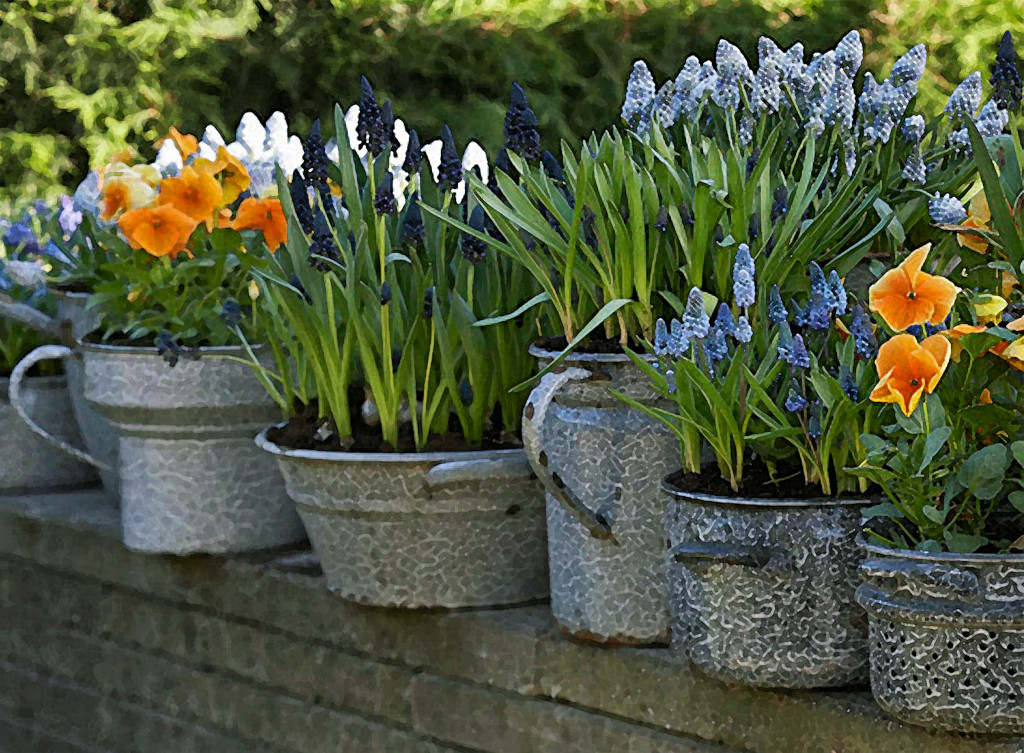
Awaiting the Vernal Equinox.
“Hope springs eternal in the human breast;
Man never Is, but always To be blest.
The soul, uneasy, and confin’d from home,
Rests and expatiates in a life to come.”…. Alexander Pope
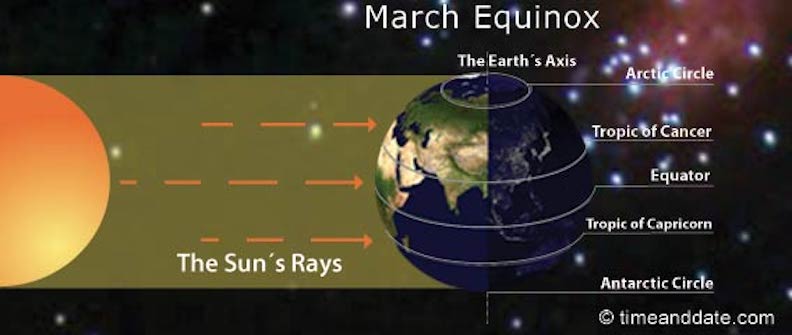
The March equinox will occur 0n Monday, March 20, 2023 at 5:24, EDT PM EDT.
This marks the beginning of spring in the northern hemisphere and fall (autumn) in the southern hemisphere from an astronomical viewpoint. The March equinox is the movement when the sun crosses the true celestial equator – or the line in the sky above the earth’s equator – from south to north, around March 20 (or March 21) of each year. At that time, day and night are balanced to nearly 12 hours each all over the world and the earth’s axis of rotation is perpendicular to the line connecting the centers of the earth and the sun. All of us who love gardening anticipate this event and hope that the phrase “Spring on Cape Cod” is not an oxymoron this year. Anticipation for this Spring is long awaited as we have just experienced a fairly “easy” winter this year. As I write this the evidence of that encouraging fact has been the early appearance of snowdrops and crocus and in some location an early breaking of buds on Spring blooming trees and shrubs. Hopefully, it won’t be too long before forsythia, cherry trees and other early Spring shrubs and trees will reward our patience.
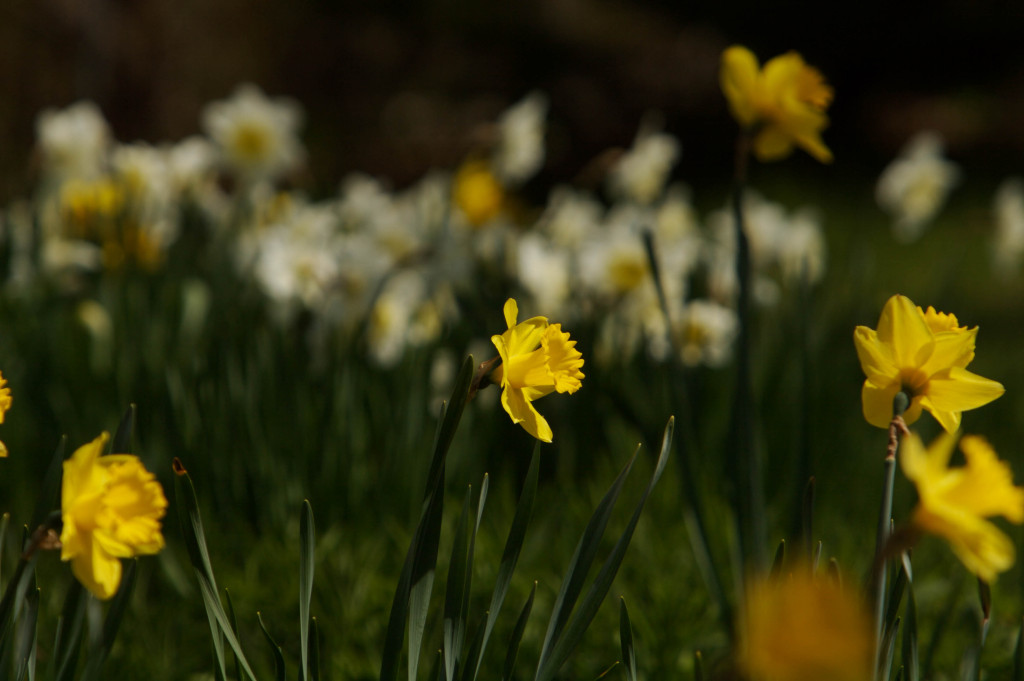
Eight years ago the United States Department of Agriculture ( USDA ) published their revised Plant Hardiness Zones. Zone maps are tools that show where various permanent landscape plants can adapt. All horticultural material is classified according to its hardiness. Hardiness refers to a plant’s ability to tolerate temperature. The USDA Plant Hardiness Zone map divides the United States into zones according to the average minimum cold temperature. Plant material should indicate which zones it should be able to survive the average maximum and minimum air temperature. If you want a shrub, perennial, or tree to survive and grow year after year, the plant must tolerate year-round conditions in your area, such as the lowest and highest temperatures and the amount and distribution of rainfall. Here on the Cape we went from zone 6b to 7a which basically means we can “try” to plant a broader palette of regionally recommended plants with caution. When it comes to plant hardiness ratings and zone maps remember: they are general guidelines, not rules. There are any number of environmental circumstances that may result in different micro-climate growing conditions in your landscape and the intimate knowledge of those conditions results in successful gardening. The best rule of thumb is to be aware of your “ecological zone” and notice what thrives here on the Cape by careful observance of natural areas and long established gardens.
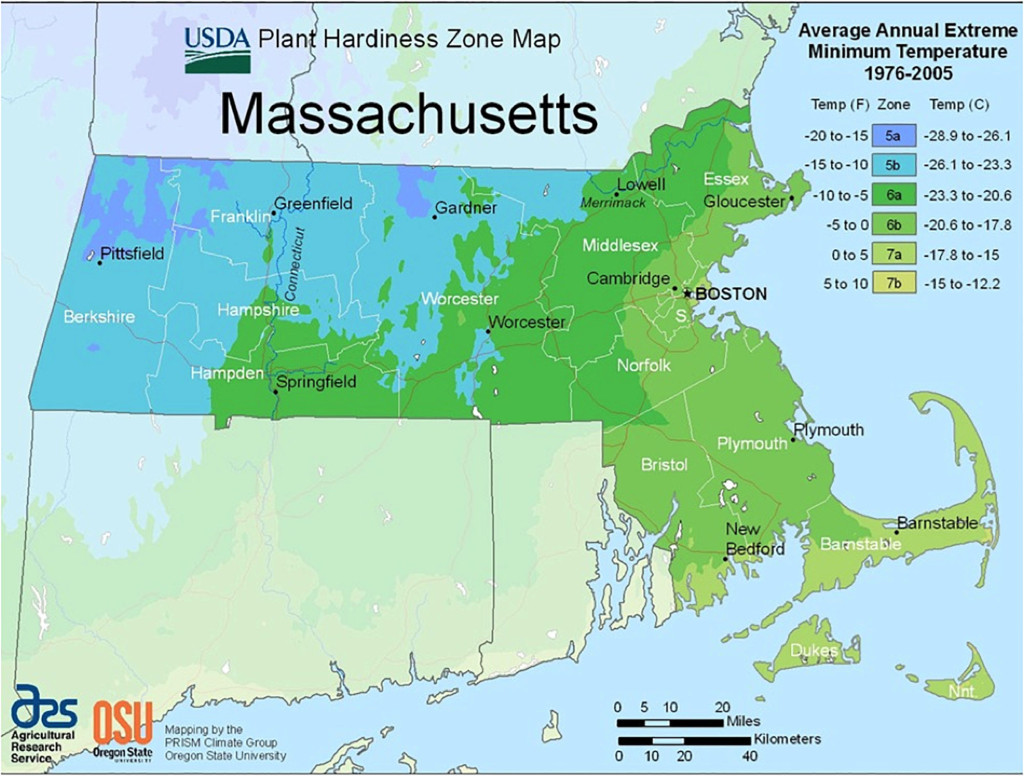
In addition to these guidelines one must remember to take into account our frost free period. Each winter, on average,our risk of frost is from October 17 through May 4. Almost certainly, however, we will receive frost from October 31 through April 15. We are almost guaranteed that we will not get frost from May 23 through October 2. The frost-free growing season is around 166 days. My wisdom has always looked to the last full moon in May and know that we are safe after that occurrence. The Full Flower Moon of May will occur on the 3rd which is very early in the month, so I would advise waiting until the 15th or later.
Enough science! Here are some practical tips for plant selection during March:
Some Plants That Can Take a Chill:
Bulbs: Crocuses ,Daffodils, Dwarf Iris, Grape Hyacinths, Hyacinths, Ranunculus, Tulips
Annuals: African daisies, Marguerite daisies Nemesias, Osteospermums, Diascia.
Perennials: Adonis, Barrenworts ,Bergenias ,Corydalsis, English Daisies, Hellebores, Pansies, Primroses, Virginia Bluebelss.
Tips For Acclimating Your Plants:Plant spring containers when nighttime temperatures are consistently above freezing or just dipping down to about 30°F.
Cold temperatures and excessive sun can damage plants that haven’t been hardened off properly.
To harden off plants, keep them outside in a protected, partially shaded area for a few days, exposing them gradually to more sun and cooler temperatures.
Protect plants when a light frost threatens by covering them with an old sheet or blanket.
Move pots to a sheltered location if a severe frost is expected.
_Resource: “Celebrate Spring”, Dennis Schrader, Fine Gardening.com
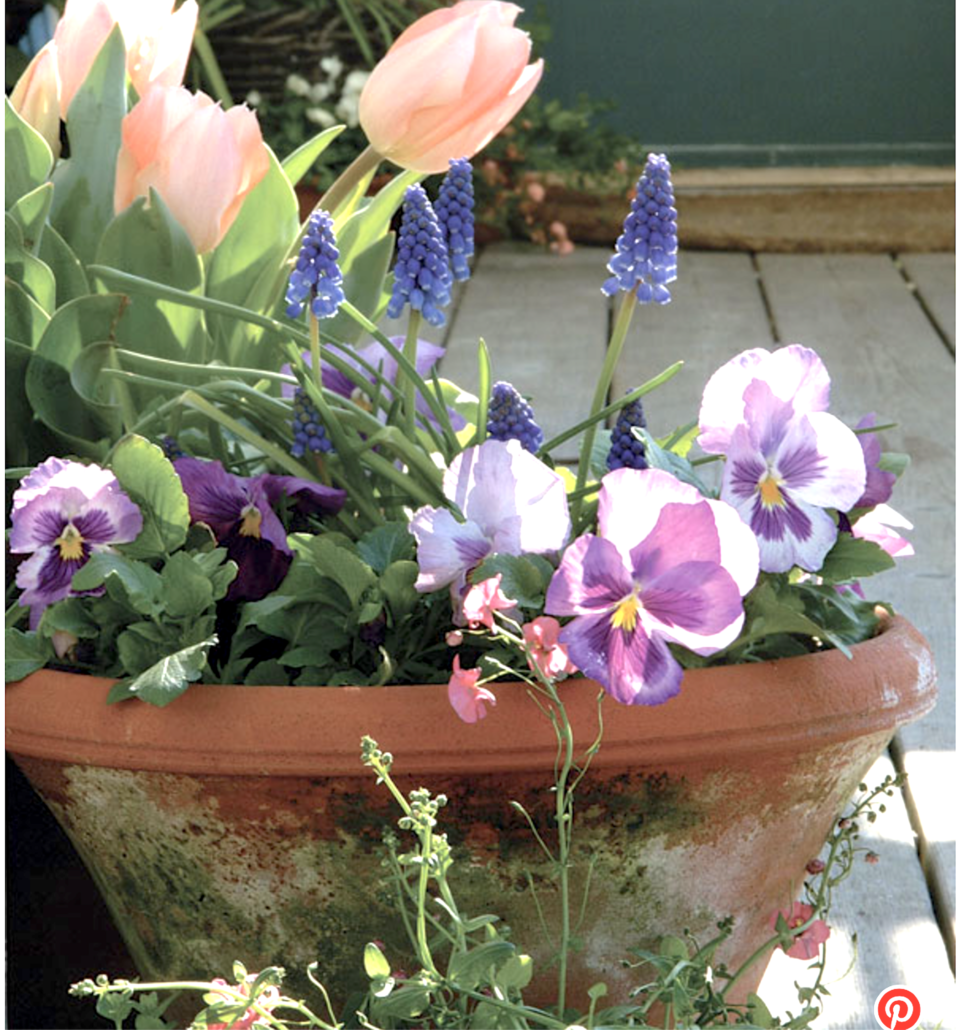
Spring Blossom Eye Candy
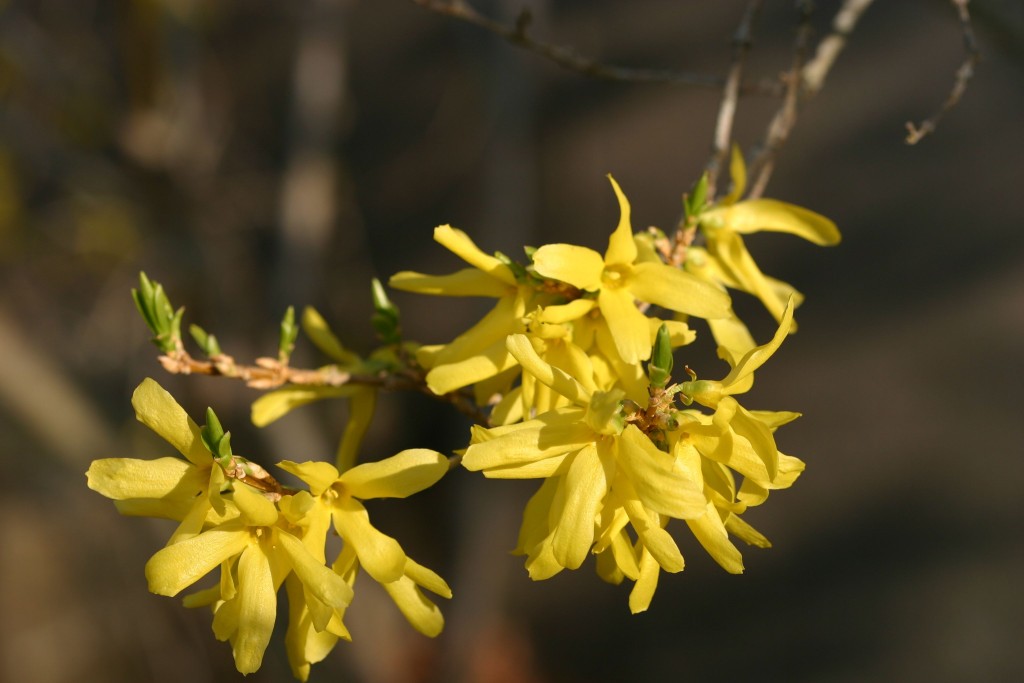
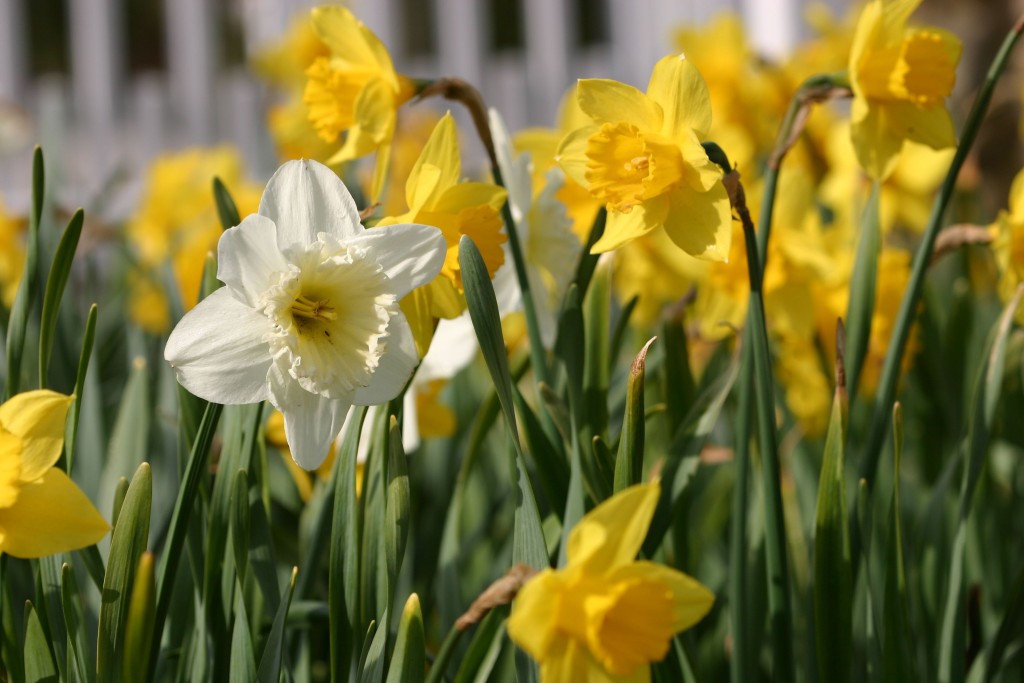
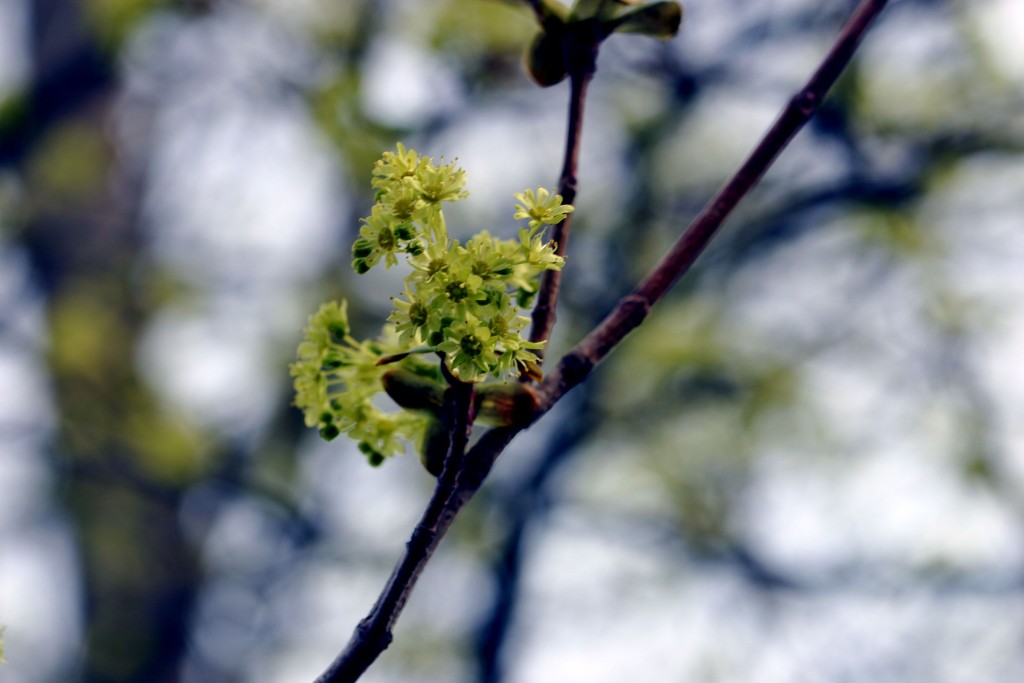
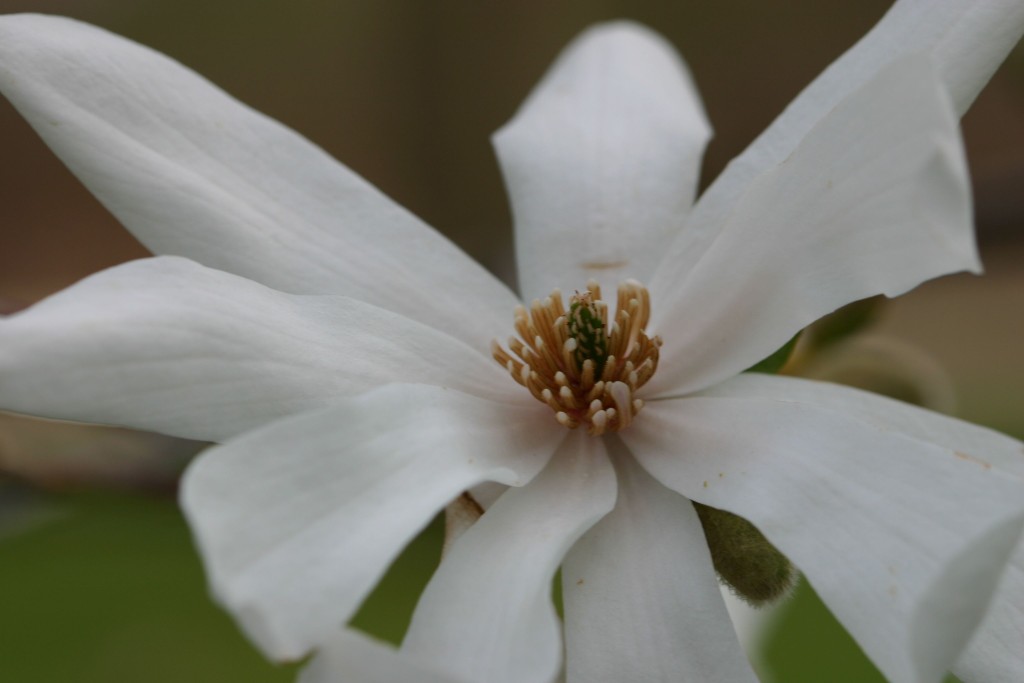
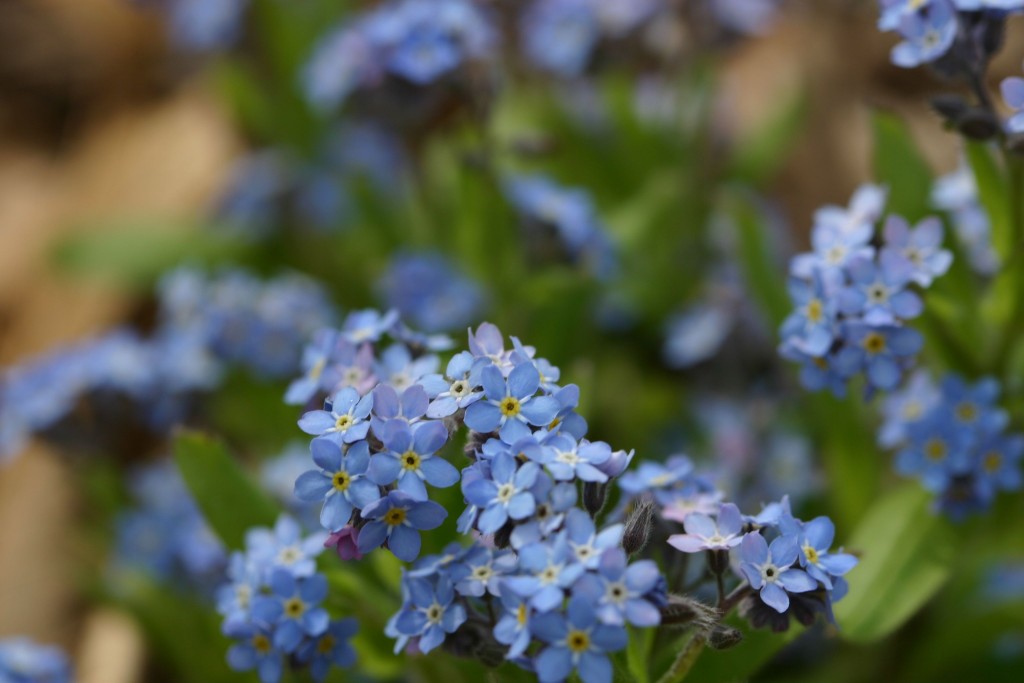

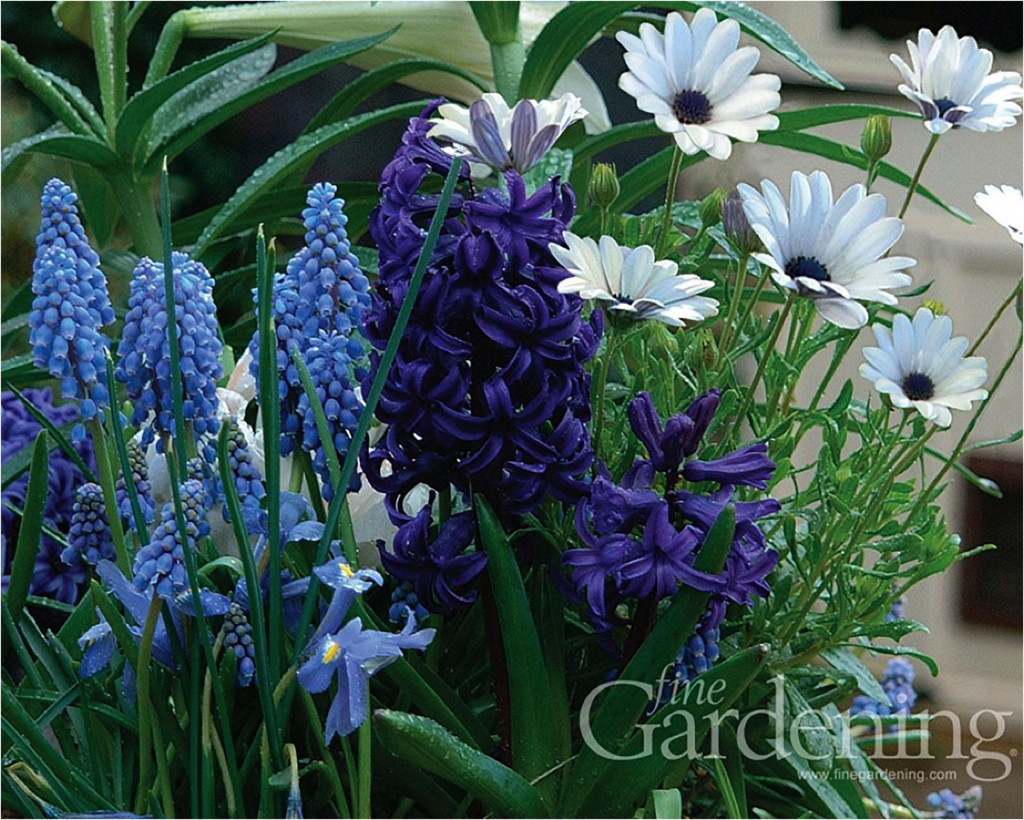
On a recent visit to a local nursery I took the opportunity to add some cheer and color to a typically gray Cape Cod day. Nothing beats the blues better than feasting our eyes on the early harbingers of Spring especially pansies with their smiling faces and bright hues. After the routine chores of Spring cleanup consider placing a few containers filled with early blooms around your yard. Good strategic spots might be near the front door, on a deck, in flower boxes and in beds seen from your windows. Adding these small touches will certainly give you pleasure and herald the arrival of Spring on the 20th. Happy Gardening.
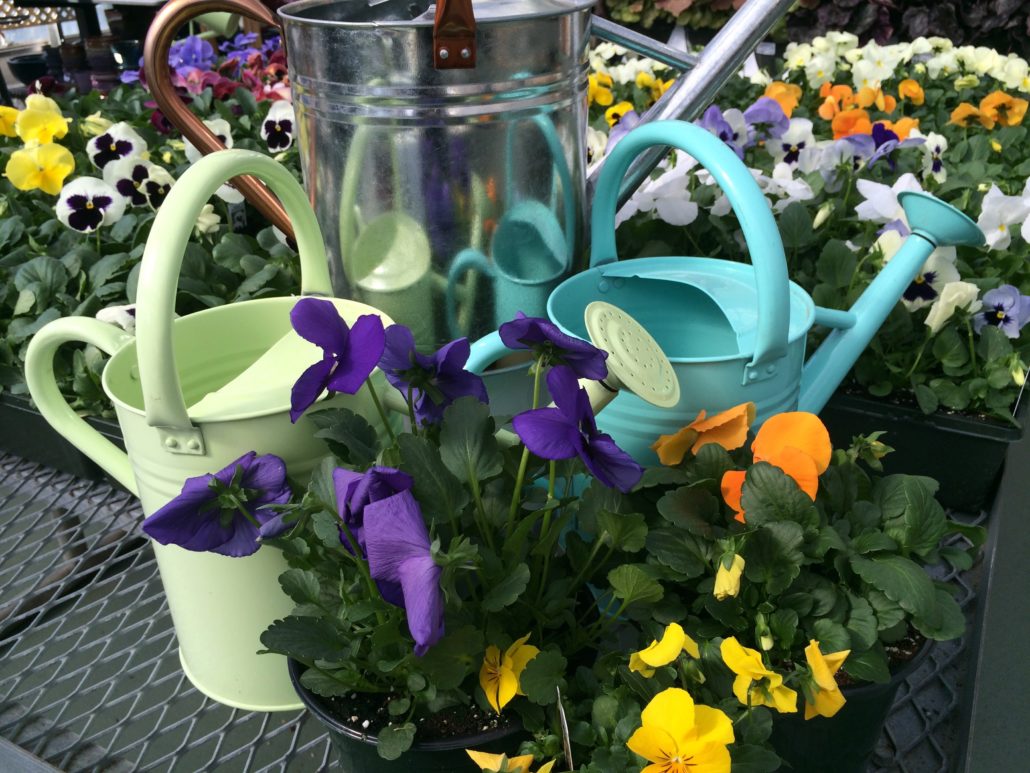
A final note for my Cape Cod friends: Do remember to check out all the lovely festivals celebrating Spring and especially daffodils.Favorites among them are the Daffodil Tea at St. Mary’s Church in Barnstable Village, Brewster in Bloom
And the pièce de résistance, The Nantucket Daffodil Festival.
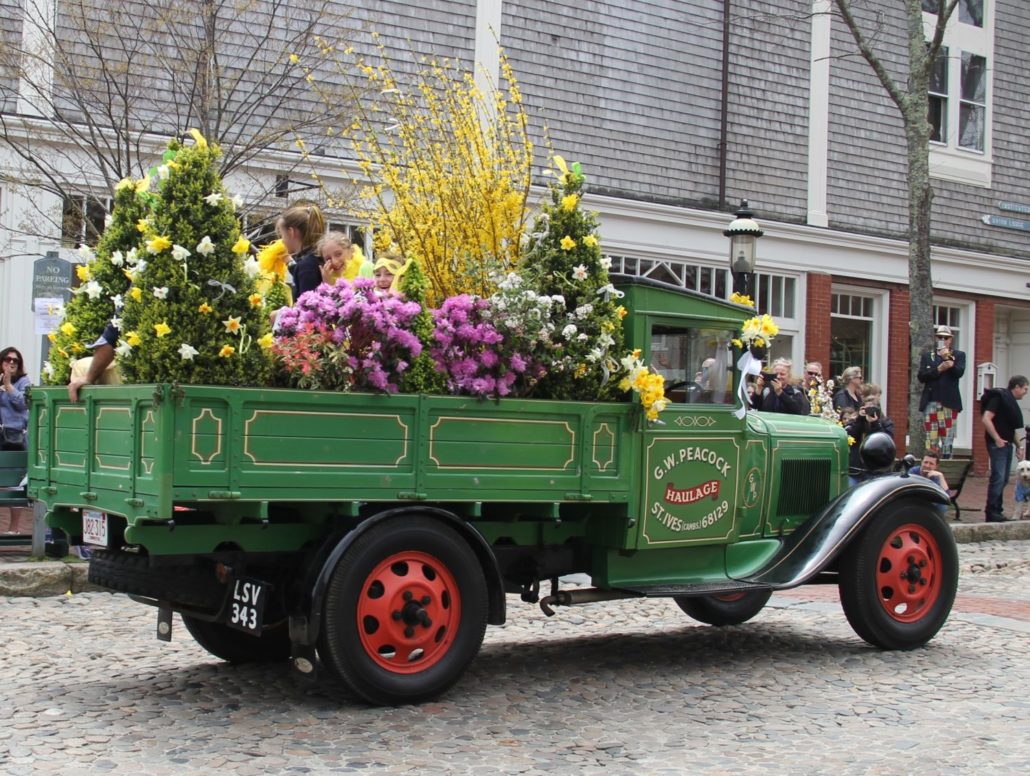
,
